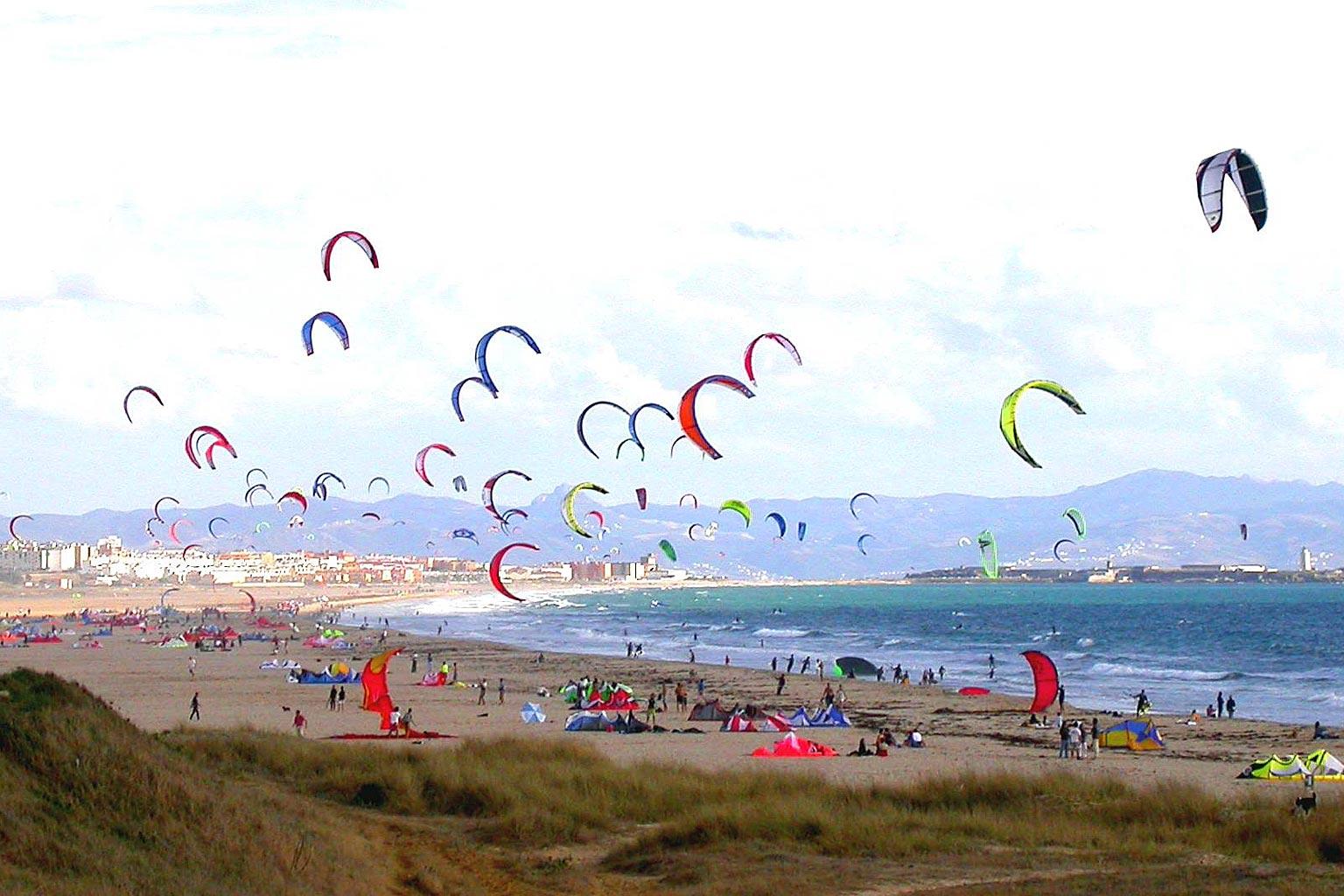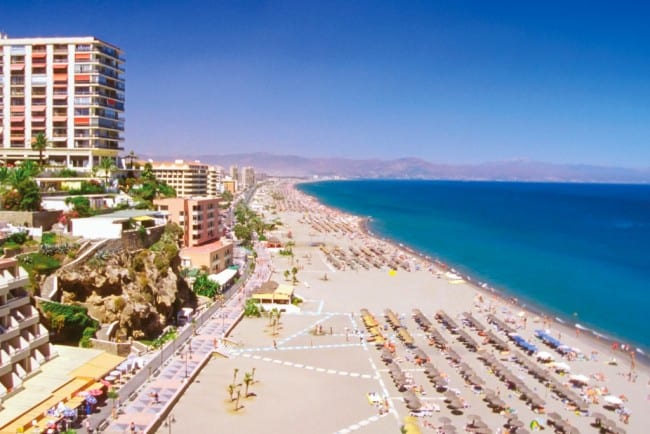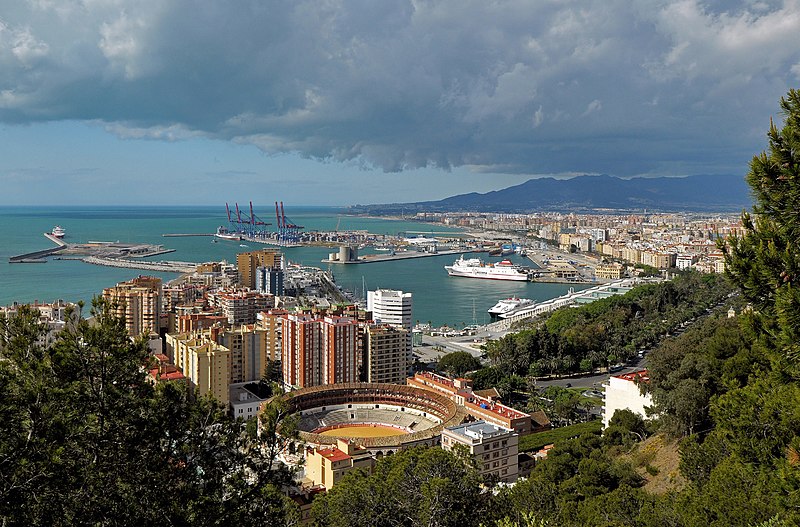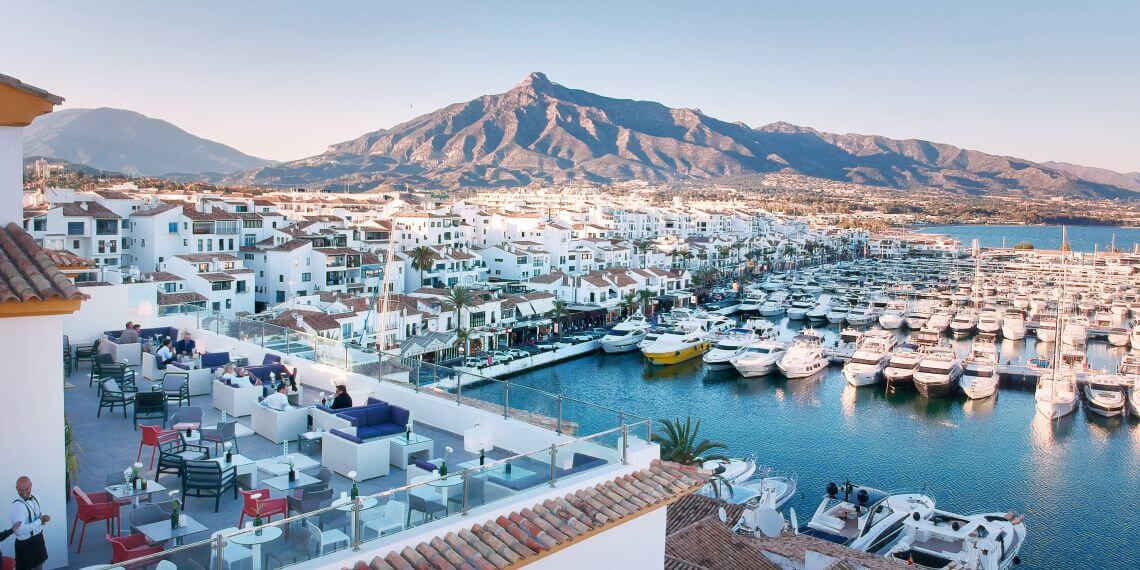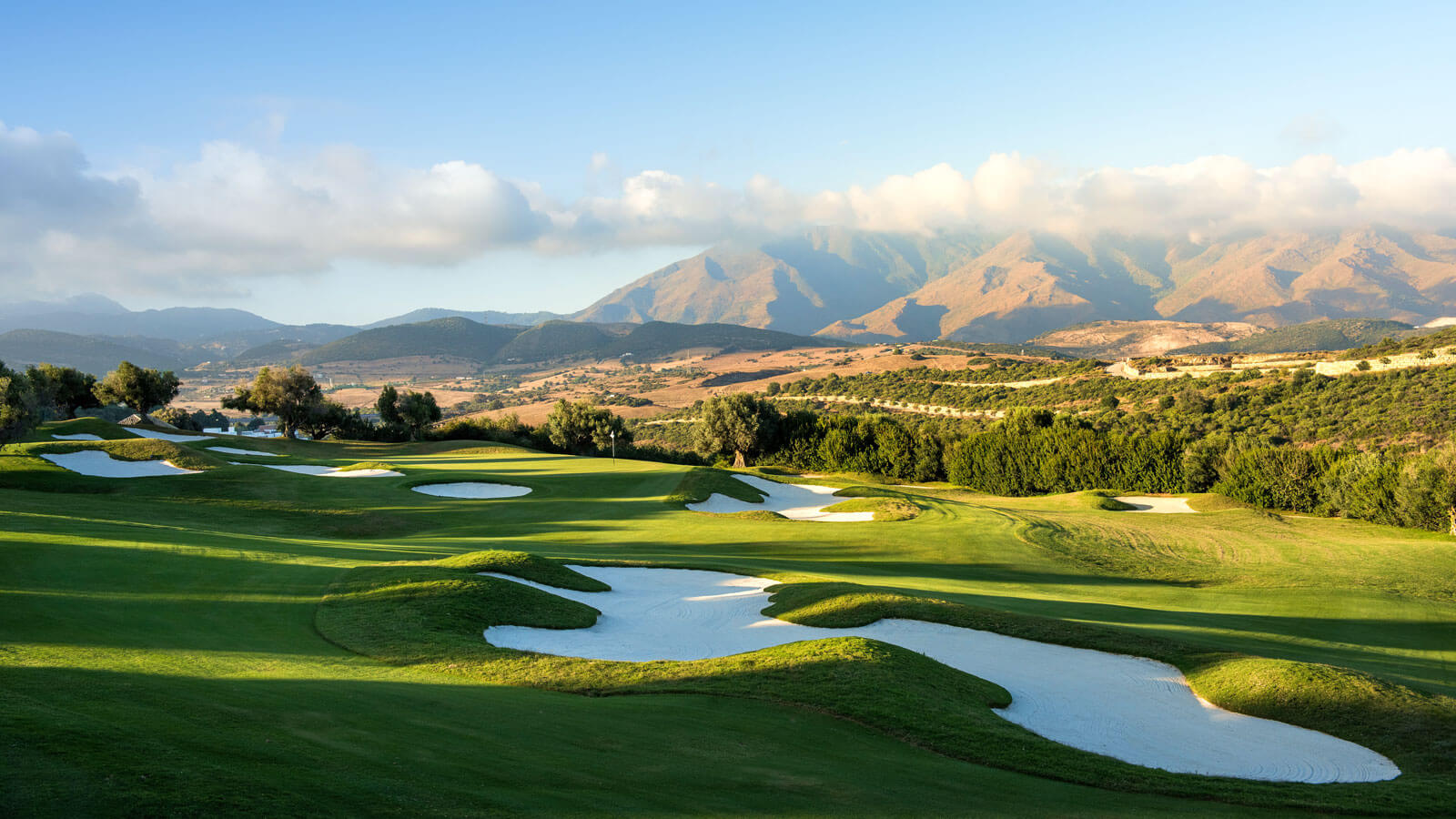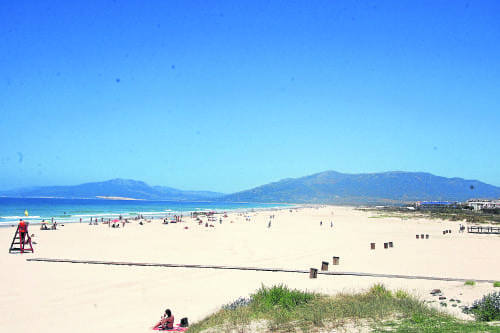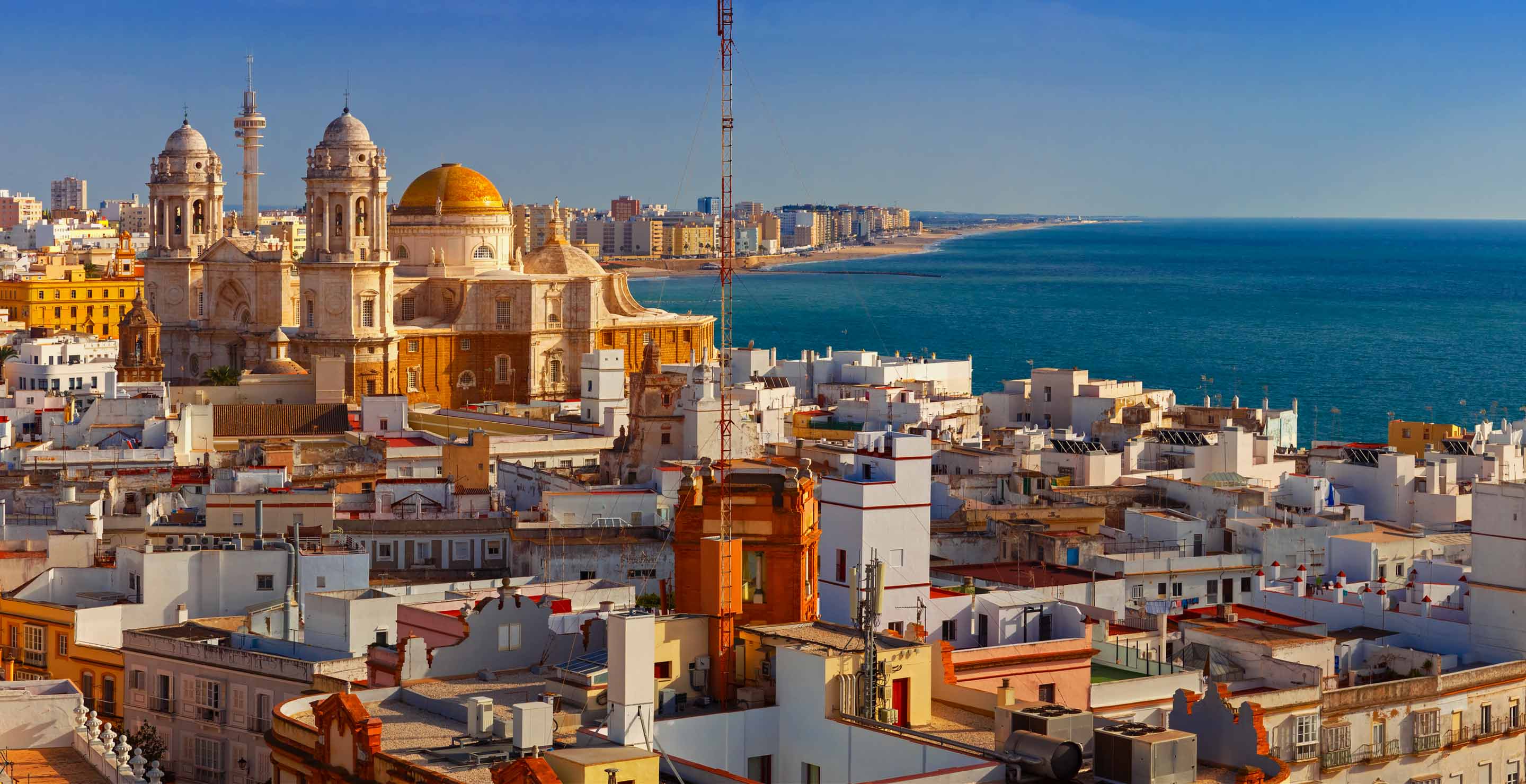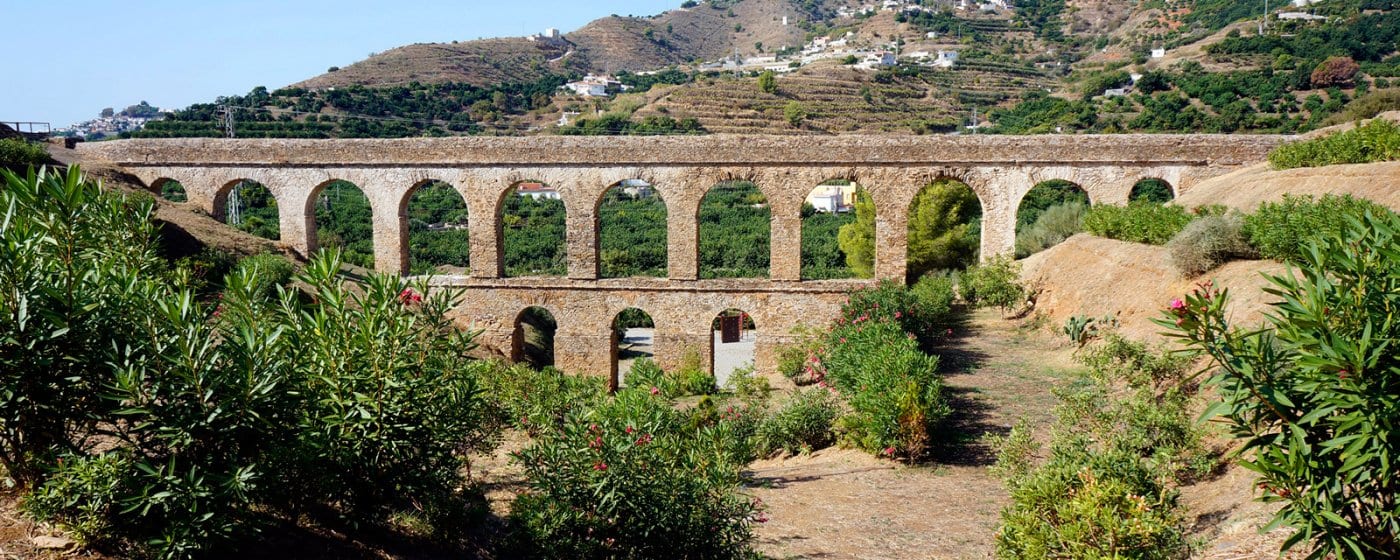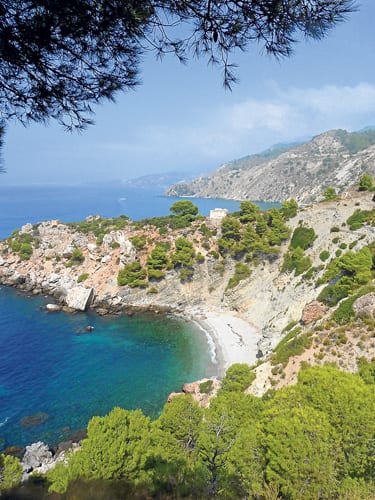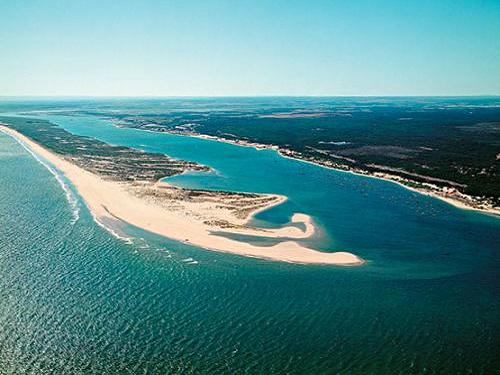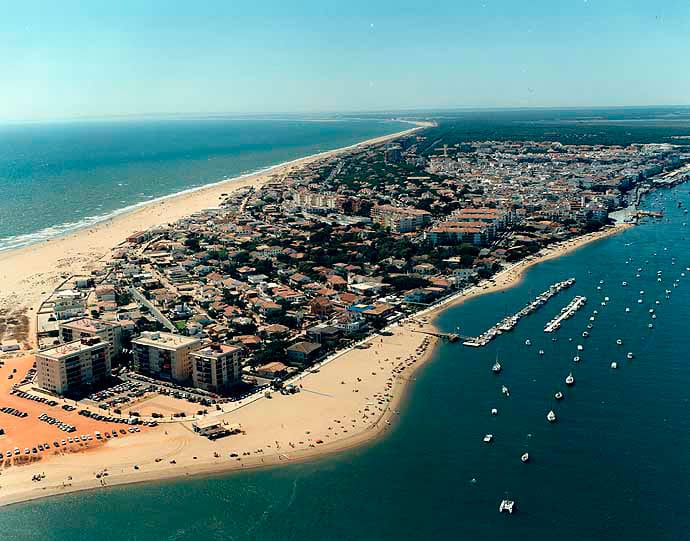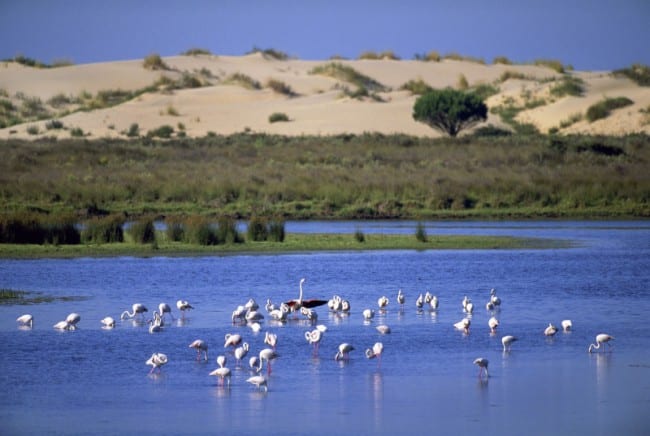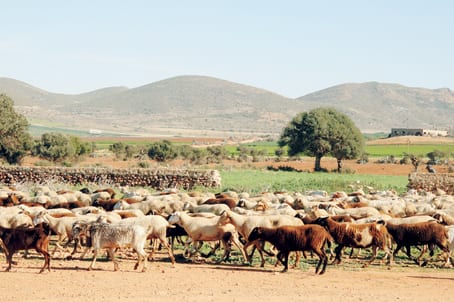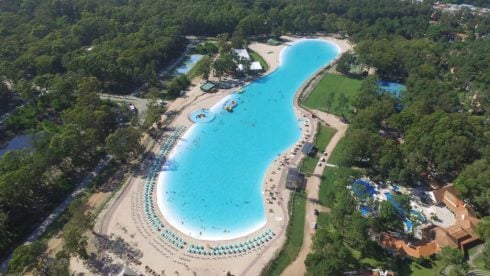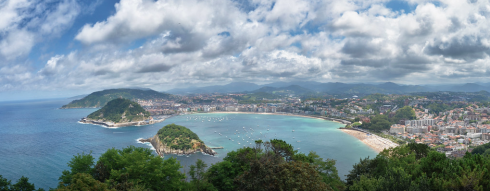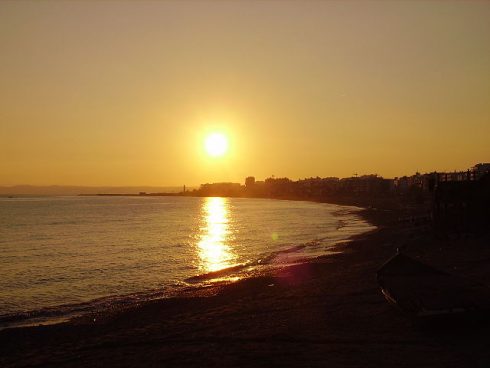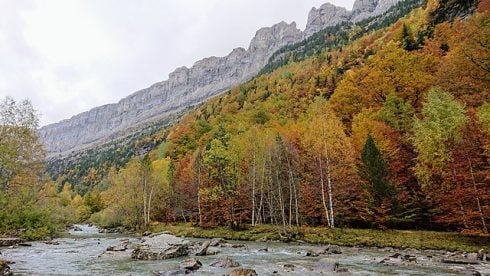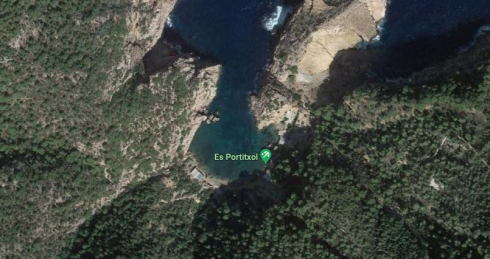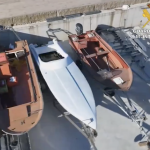ANDALUCIA is truly a magical place.
The southernmost region of Spain, it boasts world-renowned beaches, stunning landscapes and heaps of historical sites spanning millennia.
It’s no surprise that, away from inland gems like Ronda, Cordoba and Sevilla, its coastal resorts are a hit with tourists.
Spanning from the Portugal border in Huelva right up to Almeria, the approximately 1,050km of coastline features five diverse costas.
They all offer their own unique insight into both the modern and ancient aspects of the region, which has hosted civilisations since before the Phoenicians.
1. Costa del Sol
The Costa del Sol is the jewel in the crown when it comes to tourism in Andalucia.
Stretching 161km from Torremolinos to Sotogrande, it is packed with award-winning ‘Blue Flag’ beaches and features some of the most popular destinations in the country, such as Malaga city and Marbella.
The temperatures rarely drop below 20C and there is so much on offer, no matter your budget.
Benalmadena and Torremolinos offer stunning sandy beaches and great budget dining options – they are one of the few remaining places where you can still find a €1 beer (the latter is also the LGBTQ capital of the region).
Malaga city, birthplace of Pablo Picasso, is thriving with culture. Its cobbled streets are lined with must-see museums and centuries’ old churches and even Roman ruins.
And just down the coast, glam it up with the rich and famous in Marbella, packed full with Michelin star restaurants, fast cars and a buzzing nightlife.
You’ll be hard pressed to find better sports facilities too, with golf courses like the Finca Cortesin in Casares welcoming the likes of Gareth Bale and the tennis courts at Marbella’s Puente Romano hotel hosting Novak Djokovic’s training schedule each year.
And with its scores of nautical clubs and ports, lovers of scuba diving, jet skiing and fishing will fit right in – and there are even dolphin tours, what more could you need?
2. Costa de la Luz (Cadiz)
The Costa de la Luz, or the coast of light, is where the Spanish in the know go to get away for the weekend.
Featuring 200km of coastline, it covers the entire Cadiz province and has been enjoyed since as far back as the Phoenicians.
Ancient remains spanning across the Greek, Roman, Arab and Christian civilisations have left a multi-cultural haven packed with history and plenty of opportunities to explore.
And Tarifa is the jewel in the crown. Its ancient city wall and gate transport you to another era while its cobbled streets adorned with independent shoe makers and shops will keep you busy for hours.
Meanwhile, its deep shores of soft, golden sand attract millions of visitors each year and its stronger winds have made it a mecca for water sports, with bright windsurfing kites becoming a permanent fixture of its horizon.
Barbate remains a fishing village bursting with character, and where fishermen still use the ancient Phoenician technique to catch some of the world’s most expensive and respected tuna.
Other traditions are kept alive here in the country’s most southern province, including the annual horse races each summer, held on the Bajo de Guia beach in Sanlucar de Barrameda.
Cadiz city is also stunning in parts and a real reminder of the rich Arab history and influences left on the region.
3. Costa Tropical (Granada)
A haven for expats from across Europe, this costa gets its name due to its subtropical microclimate, which guarantees around 320 days of sunshine each year and sees the mercury rarely dropping below 20C.
The ancient Almunecar, founded by the Phoenicians in 800BC, is a popular tourist spot and has some of the best bang for your buck around when it comes to dining.
The coastal town also has some of the most impressive ancient sites around, including a 2,000-year-old Roman aqueduct.
Roman baths and the Castle of Saint Miguel are some other noteworthy sites worth a visit – or just spend a day at the glorious beach.
Motril, the capital of the coast, provides more of a city buzz and is one of the few places left in the country where you can get a free tapa with each drink.
Meanwhile, just 40 minutes inland you will find the gorgeous Sierra Nevada. A mountain landscape which is paradise for hikers and during the winter months, skiers, with the king of Spain himself frequently having slalomed down Granada’s slopes.
The 786km of coast is packed with other sports too, including horse riding, tennis, golf and any water sport you could imagine.
4. Costa de la Luz (Huelva)
On the other side of Cadiz, the Costa de la Luz continues across the province of Huelva until it reaches Portugal. It is an incredible landscape of dunes and pine forests and is number one on the list for lovers of nature who want a tranquil or soul-searching getaway.
The coast itself, being in the Atlantic, has the best conditions for sailing and water sports, with windier conditions making it optimal practically all year round.
Dotted along the shores are ancient fishing villages which have slowly turned into popular tourist hotspots – but not so much that they have lost their character and charm.
La Flecha is one of the most famous beaches in Huelva and the 13-kilometre sandbar is a sight to behold.
The natural marshland spit offers the novelty of swimming in the River Piedras on one side and the Atlantic on the other.
Popular coastal towns worth a visit include Ayamonte, Isla Cristina, Lepe, Cartaya, Punta Umbria, Mazagon and Matalascañas.
Curiously, Lepe is one of the richest towns in the province after becoming a huge strawberry grower and supplier for much of Europe in the 1970s. It is also famous for its wine, which gets a mention in Chaucer’s medieval book series The Canterbury Tales.
And don’t forget a drive inland will take you to the stunning, flamingo-filled Donana national park, one of the most important wetlands in Europe.
5. Almeria costa
The most eastern of the five coastlines, the Almeria coast has some of the most diverse landscapes, switching from desert and rugged land to greenhouse crops and then a flat area hosting several tourist towns.
From Roquetas de Mar until Adra, there are a string of beautiful beaches, including Guardias Viejas, Balerma and Balanegra.
But it is the natural park of Cabo de Gata-Nijar which is the must visit site of this area. It is a paradise of wildlife and fauna, boasting deserted beaches and crystal clear waters, perfect for scuba diving, sailing or windsurfing.
READ MORE:
- Three hidden gems inland from Spain’s Costa del Sol to escape the crowds
- Why you should visit Motril on Spain’s Costa Tropical and discover its fascinating history
- Casares: The hilltop haven in southern Spain you need to visit

